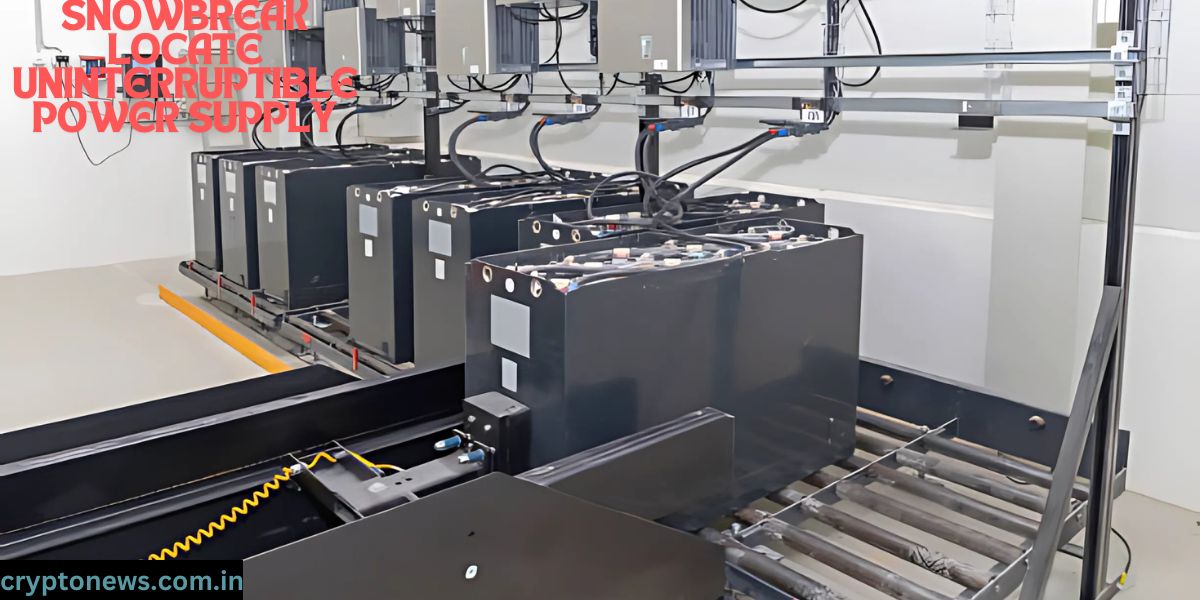Heat press machines are essential tools in a wide range of industries, from garment printing to manufacturing. These machines apply heat and pressure to transfer designs onto substrates such as fabric, ceramics, or metals. However, like any machinery, they are susceptible to wear and tear, and small flaws such as small flaw dimple on upper heat press platen can affect the performance and quality of the finished products. In this article, we will dive into the causes of dimples on heat press platens, their impact on production, and provide effective solutions to prevent or resolve this issue.
What is a Heat Press Platen and Why Does it Matter?
A small flaw dimple on upper heat press platen is the flat surface of a heat press machine where the transfer process occurs. It is typically made from high-quality materials like aluminum or steel, designed to withstand high temperatures and pressure for extended periods. The platen ensures an even distribution of heat, which is crucial for achieving the desired results during the transfer process.
The quality of the platen directly affects the quality of the transfer. Any imperfections, such as dimples, can create inconsistencies in pressure and heat distribution, which may result in uneven or suboptimal transfers.
What Causes Small Dimples on the Upper Heat Press Platen?
Dimples on the upper heat press platen are generally caused by a combination of factors that can affect the platen’s surface over time. These causes include:
1. Material Fatigue
Constant exposure to high temperatures and pressure can cause the platen material to gradually degrade. Over time, material fatigue sets in, causing small indentations or dimples to form on the surface. This typically occurs in areas that experience the most frequent contact during the heat transfer process.
2. Improper Storage and Handling
The way the heat press machine is stored and handled plays a significant role in its overall condition. If the machine is dropped or mishandled during transport, it can cause dents or dimples to form on the platen’s surface. Similarly, leaving the machine in an environment with extreme humidity or fluctuating temperatures can cause warping or pitting on the platen.
3. Uneven Pressure Distribution
If the pressure is not evenly applied across the platen, it can cause localized pressure spots. These pressure points can lead to the development of dimples or indentations over time. A malfunction in the pressure control system or an imbalanced platen can exacerbate this issue.
4. Poor Maintenance and Cleaning
Regular maintenance and cleaning of the heat press machine are essential to keeping it in optimal condition. Neglecting these tasks can lead to the buildup of residue, dirt, or oils, which may contribute to the formation of small dents or imperfections. Furthermore, using abrasive cleaning methods or harsh chemicals can damage the surface of the platen, leading to dimples.
5. Overheating and Overuse
Heat press machines are designed to withstand high temperatures for extended periods, but continuous use without adequate cooling can lead to overheating. Overheating can weaken the platen’s material and cause it to warp or develop small surface imperfections, such as dimples.
The Impact of Dimples on Heat Press Platen Performance
Small flaws like dimples on the upper platen can have a significant impact on the quality of the transfer process. Here’s how:
1. Uneven Pressure and Heat Distribution
Dimples on the platen surface can cause uneven pressure to be applied during the transfer. This results in areas of the substrate receiving more or less pressure than others, which can cause inconsistent transfers. Heat distribution also becomes uneven, leading to incomplete or poor-quality transfers.
2. Aesthetic Defects on Transfers
The presence of dimples on the platen can leave imprints on the transferred design. These imprints may result in visual imperfections on the finished product, affecting its overall quality and appearance. This is particularly important for industries like garment printing, where the aesthetic quality of the design is crucial.
3. Increased Production Time and Waste
Dimples on the platen can cause delays in production as operators may need to make adjustments to compensate for the imperfect platen surface. Additionally, defective transfers often result in waste, as products need to be discarded and reprocessed. This increases operational costs and reduces efficiency.
4. Higher Maintenance Costs
A platen with dimples may require frequent repairs or replacements. The maintenance costs associated with repairing or replacing the platen can add up over time, making it a significant expense for businesses relying on heat press machines for production.
How to Prevent and Resolve Dimple Issues on Heat Press Platens
While small dimples on a heat press platen are a common issue, there are several steps that can be taken to prevent and resolve this problem.
1. Regular Inspection and Maintenance
Regularly inspect the platen for signs of wear and tear, including small flaw dimple on upper heat press platen, cracks, and warping. Check the surface for any debris or residue that could affect the transfer process. Perform routine maintenance to ensure that all components of the machine, including the platen, are functioning correctly.
2. Proper Handling and Storage
Ensure that the heat press machine is stored in a dry, controlled environment. Avoid subjecting it to extreme temperatures or humidity, as these conditions can cause the platen to warp. Handle the machine carefully during transportation to avoid accidental drops or impacts that could cause dimples.
3. Use of Quality Materials
When replacing parts of the heat press machine, including the small flaw dimple on upper heat press platen, opt for high-quality materials that are designed to withstand high pressure and heat. This can help prevent material fatigue and reduce the likelihood of dimples forming.
4. Balanced Pressure Distribution
Ensure that the heat press machine is calibrated correctly to maintain even pressure distribution across the platen. Regularly check and adjust the pressure settings to ensure consistent performance. This can help prevent the formation of dimples caused by localized pressure points.
5. Cleaning and Care
Clean the small flaw dimple on upper heat press platen regularly using non-abrasive materials and avoid harsh chemicals that could damage the surface. Use soft cloths and gentle cleaning solutions to remove any buildup that could lead to surface imperfections. Regular cleaning can help prevent the buildup of oils, dirt, and other residues that could contribute to dimple formation.
6. Cool Down Periods
Allow the heat press machine to cool down between uses to avoid overheating. Implement scheduled breaks to give the machine a chance to rest and ensure that the platen does not become warped or damaged due to excessive heat exposure.
Conclusion: Ensuring Optimal Performance with a Dimple-Free Heat Press Platen
small flaw dimple on upper heat press platen are a common issue, but with proper care, maintenance, and attention to detail, they can be prevented or resolved. By understanding the causes of dimples and taking proactive steps to avoid them, businesses can ensure consistent, high-quality transfers and maintain the longevity of their heat press machines. Regular inspections, balanced pressure distribution, proper storage, and cleaning are key to keeping your platen in top condition, which ultimately leads to better production efficiency and superior product quality.






